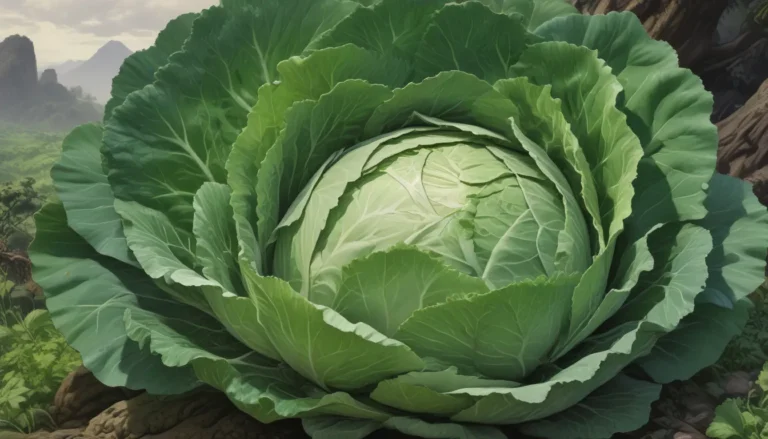Preserving Homegrown Produce: A Comprehensive Guide to Dehydration

As gardeners, we often find ourselves facing the challenge of an abundant harvest – an embarrassment of riches, you might say. With baskets overflowing with cucumbers, tomatoes, and zucchinis, we are left wondering what to do with all this surplus produce. While sharing with friends, family, and neighbors is always an option, there comes a point when we need to consider preserving some of this bounty for later use. And one of the simplest and most effective ways to do so is through dehydration.
Dehydrating your homegrown produce offers a convenient solution for extending the shelf life of fruits and vegetables without the need for canning. It’s a skill that will come in handy not just for your garden harvests, but also for taking advantage of bulk produce deals at your local market or grocery store.
In this article, we’re going to walk you through the entire process of dehydrating produce. By the time you’re done reading, you’ll be equipped to preserve your homegrown fruits and vegetables like a pro.
What You’ll Learn
- Why Dehydrate Produce?
- What Fruits and Vegetables Can Be Dehydrated?
- Different Types of Drying Methods
- Prepping Produce for Drying
- Tips for Dehydrating Produce
- Storing Dehydrated Produce
Why Dehydrate Produce?
Dehydrating your homegrown produce offers several benefits beyond mere preservation. Not only does it prevent food spoilage by removing moisture, but it also enhances the flavor profile of certain fruits and vegetables. Sun-dried tomatoes, for example, have a distinct taste that differs from fresh or cooked tomatoes.
Furthermore, dehydrated fruits and vegetables are lightweight and portable, making them an ideal snack for travel, hiking, or camping. They’re also a great option for individuals with food sensitivities, providing a safe and additive-free alternative to store-bought dried foods.
What Fruits and Vegetables Can Be Dehydrated?
If you can grow it, you can likely dehydrate it! From apples and apricots to tomatoes and turnips, there’s a wide range of fruits and vegetables that can be preserved through dehydration. Additionally, herbs like dill, oregano, and parsley can also be dried for culinary use.
Different Types of Drying Methods
When it comes to dehydrating produce, there are several methods to choose from, each with its own advantages and limitations. Here are some common drying methods:
Air Drying
- A minimalist, energy-free approach that utilizes air movement for drying.
- Ideal for drying herbs, flowers, and certain fruits like hot peppers.
- Works best in hot, arid climates with low humidity levels.
Sun Drying
- A traditional method that requires exposure to direct sunlight.
- Suitable for fruits with high sugar and acid content.
- Best for fruits, less effective for vegetables.
Indirect Solar Drying
- Combines solar heating with air circulation for efficient drying.
- Suitable for humid climates and cooler temperatures.
- Requires DIY construction.
Oven Drying
- Utilizes a typical household oven for drying produce.
- Requires precise temperature control to prevent overheating.
- Not recommended for ovens that can’t maintain low temperatures.
Electric Dehydrators
- An efficient and reliable method for large-scale food preservation.
- Ensures consistent airflow and temperature control for even drying.
- Ideal for processing a variety of fruits and vegetables.
Freeze-Drying
- A specialized method that removes moisture through freezing and vacuum extraction.
- Produces lightweight, airy products with extended shelf life.
- Requires expensive equipment and significant energy consumption.
Prepping Produce for Drying
Before you begin the dehydration process, it’s essential to prepare your produce for optimal results. Here are some key steps to follow:
Trimming and Slicing
- Wash and dry your produce thoroughly.
- Remove seeds, peels, or undesirable parts.
- Cut fruits and vegetables into uniform slices or chunks.
Blanching
- Recommended for certain vegetables and fruits to speed up drying.
- Stops enzymes from breaking down the food during storage.
- Follow specific blanching times for each type of produce.
Pretreating
- Soak fruits in a lemon juice solution to preserve color and freshness.
- Optional step for enhancing the quality of certain fruits.
Tips for Dehydrating Produce
Successful dehydration requires proper handling and attention to detail. Here are some tips to ensure a successful drying process:
- Ensure good air circulation to aid in moisture removal.
- Follow recommended temperature settings for your drying method.
- Monitor processing times based on the type of produce and thickness of slices.
- Check for doneness by observing texture and moisture levels.
- Condition dried produce to ensure uniform dryness and prevent mold growth.
Storing Dehydrated Produce
Once your produce is fully dehydrated, it’s essential to store it properly to maintain quality and freshness. Here are some storage tips to consider:
- Package dried produce in airtight containers to prevent moisture absorption.
- Store containers in a cool, dark place with stable temperatures.
- Consider adding desiccant packs to absorb excess moisture.
- Use mason jars or food-grade containers for long-term storage.
Conclusion
Dehydrating your homegrown produce is a simple and effective way to extend the shelf life of fruits and vegetables while preserving their nutritional value and flavors. Whether you’re a seasoned gardener looking to make the most of your harvest or a beginner eager to explore food preservation techniques, dehydration offers a versatile and convenient solution for preserving nature’s bounty.
With the right tools and techniques, you can enjoy an abundance of preserved fruits, vegetables, and herbs throughout the year. So go ahead, start dehydrating your produce like a pro and savor the taste of your garden all year round!





